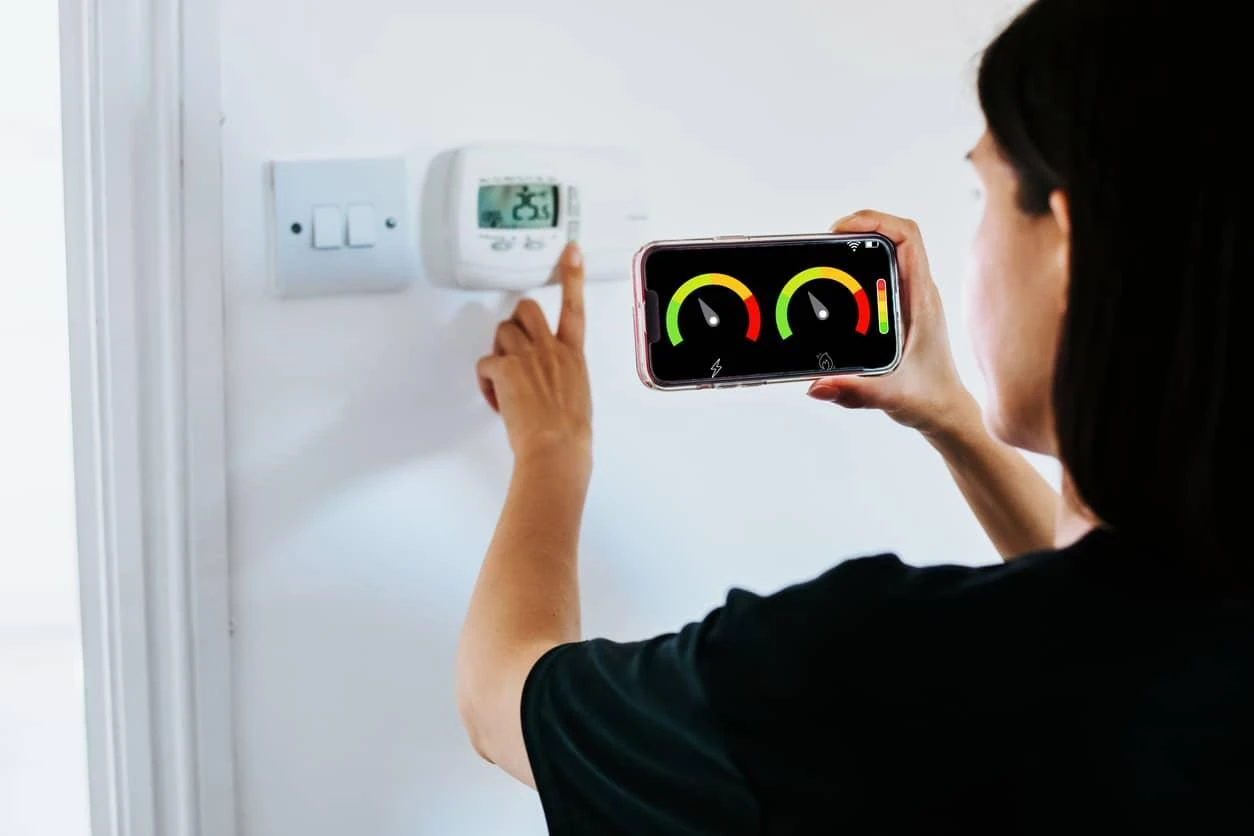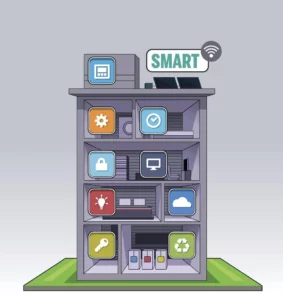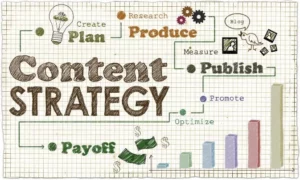
I thought advanced, two-way, digital meters was a “been there, done that” thing for utilities until I caught up with a friend and colleague late last year at the annual Customer Connections Conference, sponsored by the American Public Power Association. Her utility was deploying smart meters for gas and electric service.
Then I got home and found that my utility, Xcel Energy, had replaced the old meter and installed an advanced meter.
After that, I interviewed a utility official in Florida and found it was investigating installing advanced meters and the supporting digital infrastructure.
I did a little sleuthing and found the federal government was still making grants for grid enhancements and advanced digital meters.

All of this convinced me that advanced, two-way, digital meters, which are part of “advanced metering infrastructure” (AMI), remains alive and well in utility land.
That means those communicators who work for utilities deploying this advanced technology may need some ideas about how to communicate about the technology, including how to respond to media or customer inquiries about “smart meters.”
Customers are More Suspicious of Everything Now
I first blogged on AMI and advanced meter communications nearly a decade ago, when AMI was in its infancy. It was shortly after PG&E’s AMI deployment crashed and burned. At that time, Eugene Water & Electric Board, a public power utility, had contracted with EEC to conduct research into best practices for an AMI installation. What should they say, and not say? What should they do, and not do?
All of that took place years before the COVID pandemic uncovered some troubling social tendencies towards conspiratorial thinking among some parts of the public.
But despite that, I continue to believe that utilities, like any institution, run on their legacy. Their current trustworthiness is conditioned by what they have done in the past. So utilities with a track record of providing reliable and affordable service — as determined by the customer! — should encounter no significant customer pushback when it installs advanced digital meters. Sadly, the reverse also is true. That’s bad news for some utilities.
Happily, what I wrote a decade ago is still true and broadly applicable for times when utility communicators and marketers are asked by residents of the C-suite what should be done when confronted by people who ardently believe in conspiracies. The still-relevant answer: Ignore them and focus on the broad spectrum of undecided people who can be persuaded.
Why You Should Ignore the Tin Foil Hat People in Your Communications

FG For those who have yet to encounter what are known as “tin-foil hat people,” let me explain. It’s a term that refers to a small yet passionate segment of our population who see conspiracies everywhere. Anti-vaxxers. Black helicopters coming over the ridge. EMF causing cancer and killing livestock. A New World Order led by the United Nations. A global economy run by and for the Tri-Lateral Commission. The Kennedy assassinations. Area 51. The “fake” moon landing. Holocaust denial.
9/11 was “an inside job.” Barack Obama’s birthplace. Hopefully, you get the idea here.
I guess the tin foil helps them receive better-quality signals from more-perceptive, all-wise beings located in outer space.
You can say — and you would be right — that the term “tin-foil hat people” is pejorative, an evolution of the earlier and equally negative term for this small segment of the population: the “flat-earth society.” But I can say from personal experience it is a term still widely used by utility communicators and marketers when they are speaking to trusted colleagues and peers. I would assume these terms also are used by some utility officials behind closed doors.

Why ignore people who wear tin foil hats? Because you can never convince them they are incorrect. They will never change their views. It’s exhausting, and unsatisfying, to argue with them. So don’t bother, for the same reason you don’t want to wrestle pigs in mud: You’ll get dirty and the pig will like it.
Instead, focus your efforts on the broad, persuadable middle of the public, represented by the hatched part of the bell-shaped curve (below). Their opinion is up for grabs. They are not epidemiologists or electrical engineers. They’re everyday people who just want to know whether they have anything to fear from advanced, digital, two-way meters.

At each end of the bell-shaped curve are those people who have strong feelings, pro and con, about your utility, its trustworthiness, and the safety of advanced technology. It does no harm to stay connected with those who have strong positive views about your utility. But trying to change the minds of those at the opposite end of the spectrum is an exercise in futility.
One of your burdens as communicators and marketers for utilities is that you likely will encounter that tiny fraction of the population that tries to monopolize public hearings and open houses by loudly proclaiming advanced digital meters cause cancer, lower home values, cause fires, enable government eavesdropping, and any other number of bad things — with little or no solid evidence to prove their colorful claims.

Understand that Persuadable People May Have Some Questions or Concerns
Not that long ago, I wrote an article for Public Power Magazine on how utilities could respond to customer misinformation. Shortly thereafter, there was an open forum on misinformation at an APPA Customer Connections Conference. One attendee made the point that it was useful to engage with customers who had questions, on a preliminary level, to see if the customer simply lacked accurate information on a given topic, such as electric vehicles, or if they were pushing a conspiracy agenda. Start by sharing some facts and resources. If you are met with a hail of “Whatabout?” and “Yeah but,” recognize the symptoms and move on.
Communications tip of the month: When communicating about advanced digital meters, or any controversial topic, focus your messaging and energies on the vast majority of your public that is undecided. Win their trust and opinion, and you win the battle.
Lance Robertson, a friend and former public affairs manager for EWEB during EEC’s consulting engagement there, shared his thoughts about why “undecideds” might have some legitimate questions or concerns about advanced digital meters. They remain good touchstones for utility communicators to consider. Here is a list of his thoughts.
- It’s personal: Because the meters are attached to customers’ homes, that makes it personal. Even though the customer doesn’t “own” the meter, it is attached to something they do own, and thus it invades their personal space.
- Fear works as a motivator: One house catches on fire in California because the meter was installed incorrectly, and suddenly, everyone’s house is in danger of burning down.
- Uncertainty breeds opposition: There are plenty of “anecdotal” stories about how low-level radio-frequency (RF) waves caused headaches and cancer. Those anecdotes can offset the scientific data showing RF isn’t harmful. Fear wins out over facts, in the public arena.
- Distrust in medical science: Hey, remember that the tobacco companies said cigarettes weren’t harmful to your health? Ha, we aren’t falling for that again.
- Choice: People choose to have a cell phone, just like they choose to eat fatty foods or smoke cigarettes. But they have no choice with advanced digital meters — they are being “forced” on me.
- “No skin in the game”: Most customers can take ‘em or leave ‘em, and aside from the utility, there are no community advocates for advanced digital meters.
If you are unable or unwilling to make your case to the “undecideds,” rest assured the anti-meter activists would be more than happy to do so.
Lance made those solid points nearly a decade ago, and they remain true today. My recent experiences, recounted at the top of this blog, show that advanced digital meters and AMI remain current or near-future projects for some utilities. That means utility communicators need to keep working to craft compelling, positive messages about the customer benefits to be delivered by these meters. The meters themselves are not the message. It’s what the meters enable that’s important to consumers.
Photo credits: iStock unless otherwise noted
Additional Resources From EEC

For additional samples and more information on smart meter and other customer and member communications, check out these new pages here and here on the redesigned EEC website!

While you are on the website, you can see our case study on how EEC can help you design and develop your utility communications content strategy for customers and other stakeholders.

